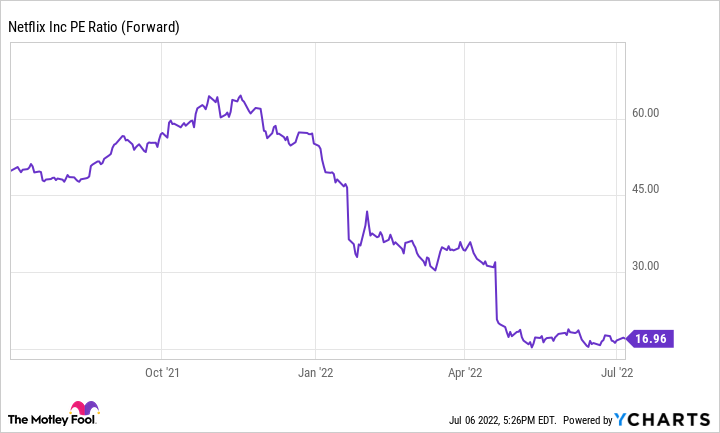There is no shortage of reasons for people to be skeptical about investing in equities right now. The S&P 500 is in a full-blown bear market, the economy isn't doing well, and, according to some analysts, we are heading toward a recession. Meanwhile, geopolitical tensions remain, and the COVID-19 pandemic isn't officially over.
However, there are also good reasons to invest in stocks, even in these volatile times. Long-term investors know that these market downturns can provide excellent opportunities to make a buck. Let's look at what happened following the past two bear markets.
The financial crisis of 2008 and the 2020 coronavirus bear market
The most recent bear market (other than the one we are currently in) happened in 2020. It was relatively short-lived and bottomed out in late March of that year. It is instructive to see how the S&P 500 has performed since then.
Even considering its current struggles, the S&P 500 has provided solid returns since it bottomed out following the market crash caused by the COVID-19 pandemic. Now let's look at the bear market between 2008 and 2009. The S&P 500 bottomed out in March 2009; the index has risen substantially since then.
We could go back and look at what happened after other major market crashes, and the result would be the same. The trend is clear: Bear markets don't last forever, and are usually followed by bull markets. Further, bull markets tend to last longer than bear markets.
Of course, it's impossible to time the market. No one knows when the current downturn will bottom out. But those who invest in stocks right now will likely be well rewarded in the long run, especially considering many stocks are trading for a discount -- and that's the silver lining of market crashes.
This streaming giant hasn't said its last word
Let's look at one stock currently experiencing plenty of headwinds that could be an excellent long-term bet: Netflix (NFLX -0.10%).
Netflix's recent struggles on the stock market are largely due to company-specific issues. In the past few quarters, the streaming specialist's subscriber growth hasn't been impressive, to say the least, and that trend will likely continue in the second quarter, at least according to management's predictions.
Netflix faces plenty of competition in a crowded streaming market, contributing to its subscriber growth woes. Further, the company is dealing with the problem of password sharing. It estimates that 100 million households are accessing its platform through password sharing, in addition to its 222 million net paid subscribers as of the end of the first quarter.
That means that nearly half of households watching Netflix aren't paying for it. So the company is leaving a lot of money on the table.
But there are reasons to be optimistic about Netflix's future too. First, consider that streaming arguably still has room to grow, particularly in many international markets where the market enjoys lower penetration than it does in North America. Projections vary, but some have it that the industry will register a compound annual growth rate of 21.3% through 2030.
Netflix is, of course, carefully weighing how it will handle its challenges, including password-sharing. The company has considered introducing a lower-priced subscription that would display advertisements. The move could entice password sharers to open their own accounts. Importantly, Netflix's winning formula will always include original content.
The company has become one of the most successful studios around. Original content drives engagement (i.e., viewing hours), and in that department, Netflix still has a long way to go. As of February, Netflix accounted for 6.4% of total television time in the U.S., while the entire streaming industry accounted for an unimpressive 28.6%.
Cable is still popular despite the seeming ubiquity of streaming and the so-called cord-cutting trends. In the long run, Netflix is looking to replace cable TV, and it still has miles of whitespace available to do that, both in the U.S. and abroad. But the company's recent struggles scared off many investors.
The result? Netflix looks substantially cheaper than it did just one year ago.
NFLX PE Ratio (Forward) data by YCharts
At these levels, long-term investors might want to consider adding the streaming giant's shares.
Along for the ride
Things may get worse for Netflix and the rest of the market before they get better, especially if a recession hits. But as we've seen, the market is sure to recover eventually. In my view, Netflix will follow a similar trajectory. The company's stock cratered earlier this year. However, given its long-term prospects, leadership in streaming, and growing original content library, Netflix still has plenty of market-beating days in its future.








